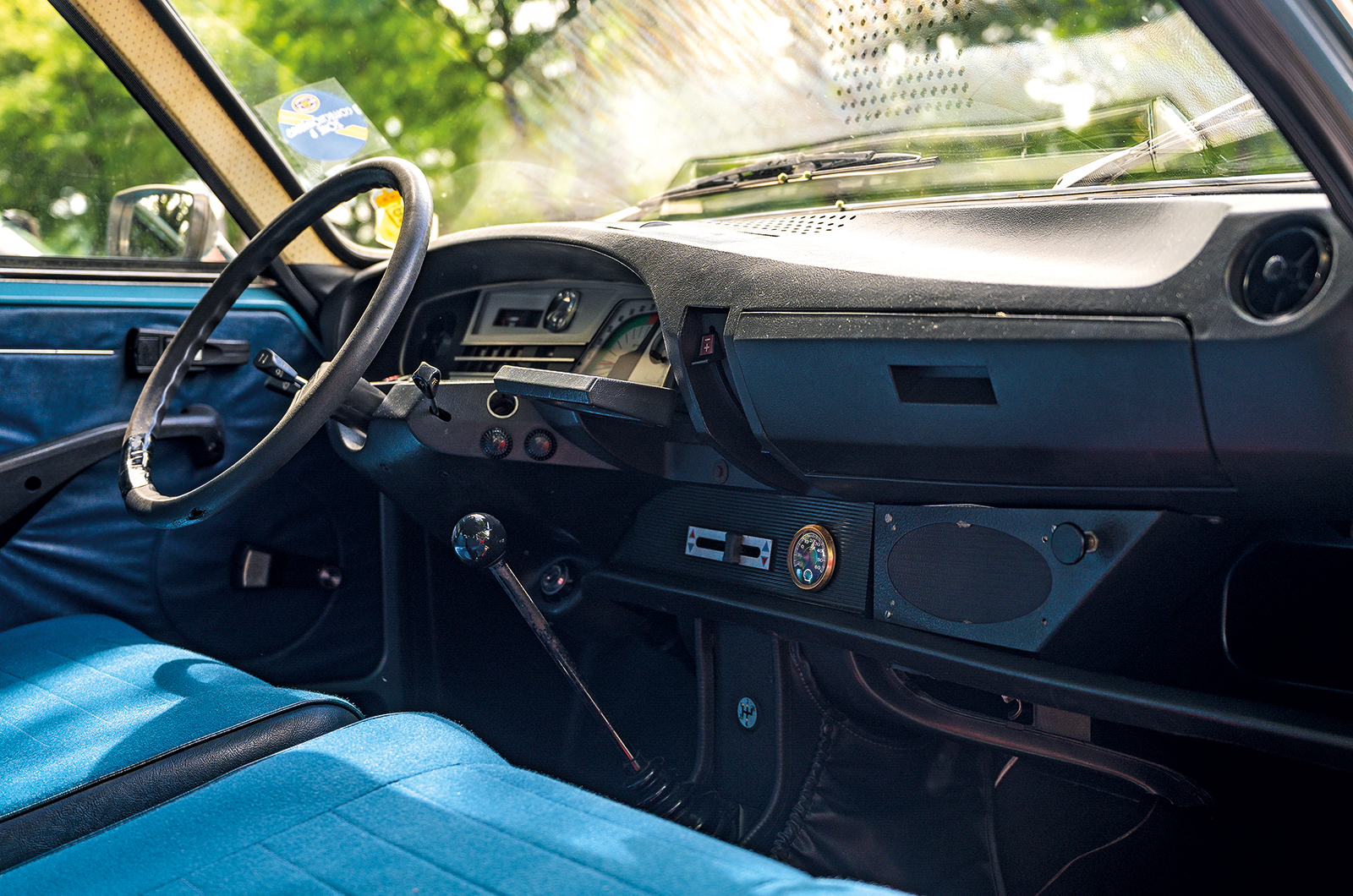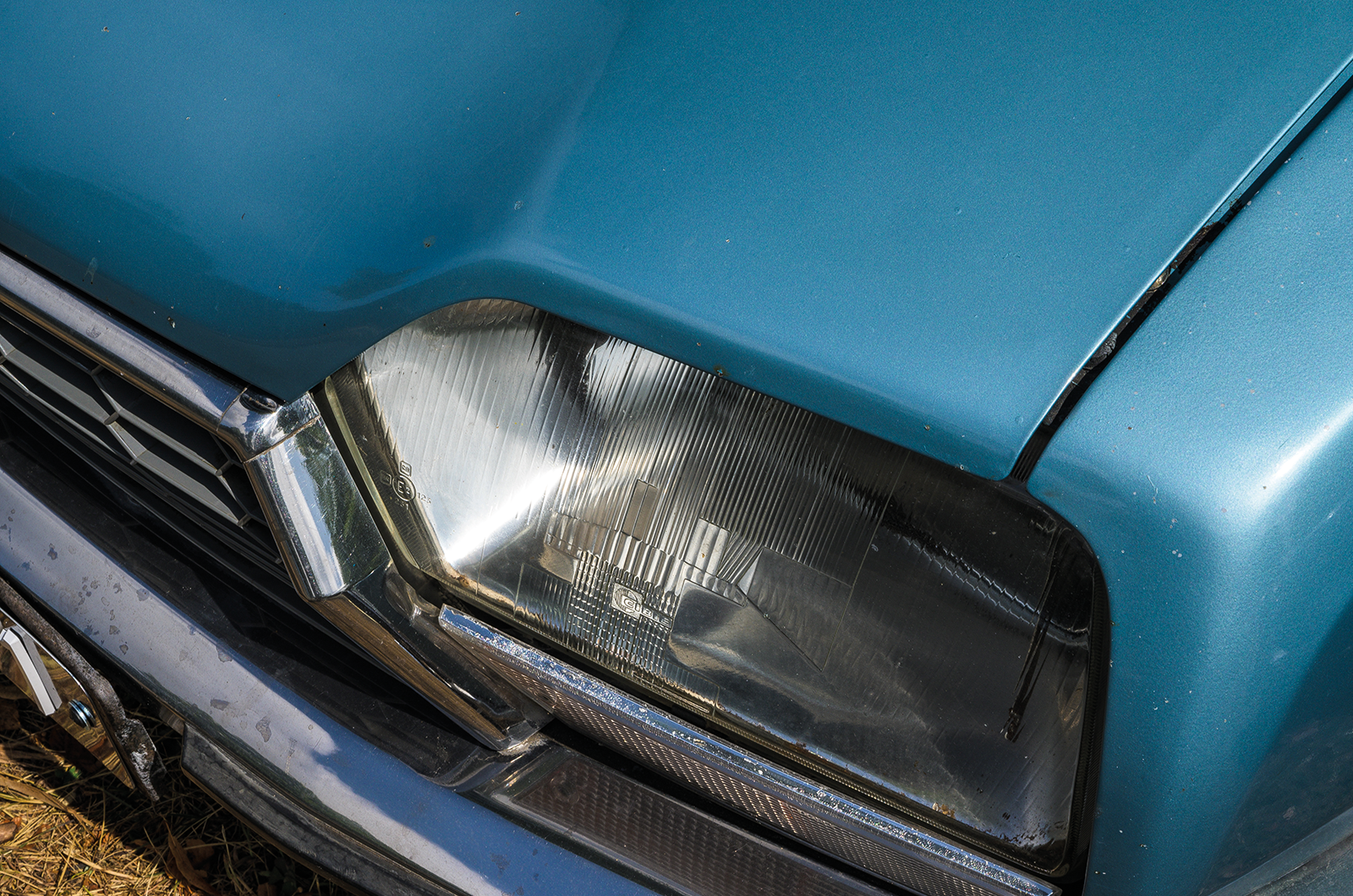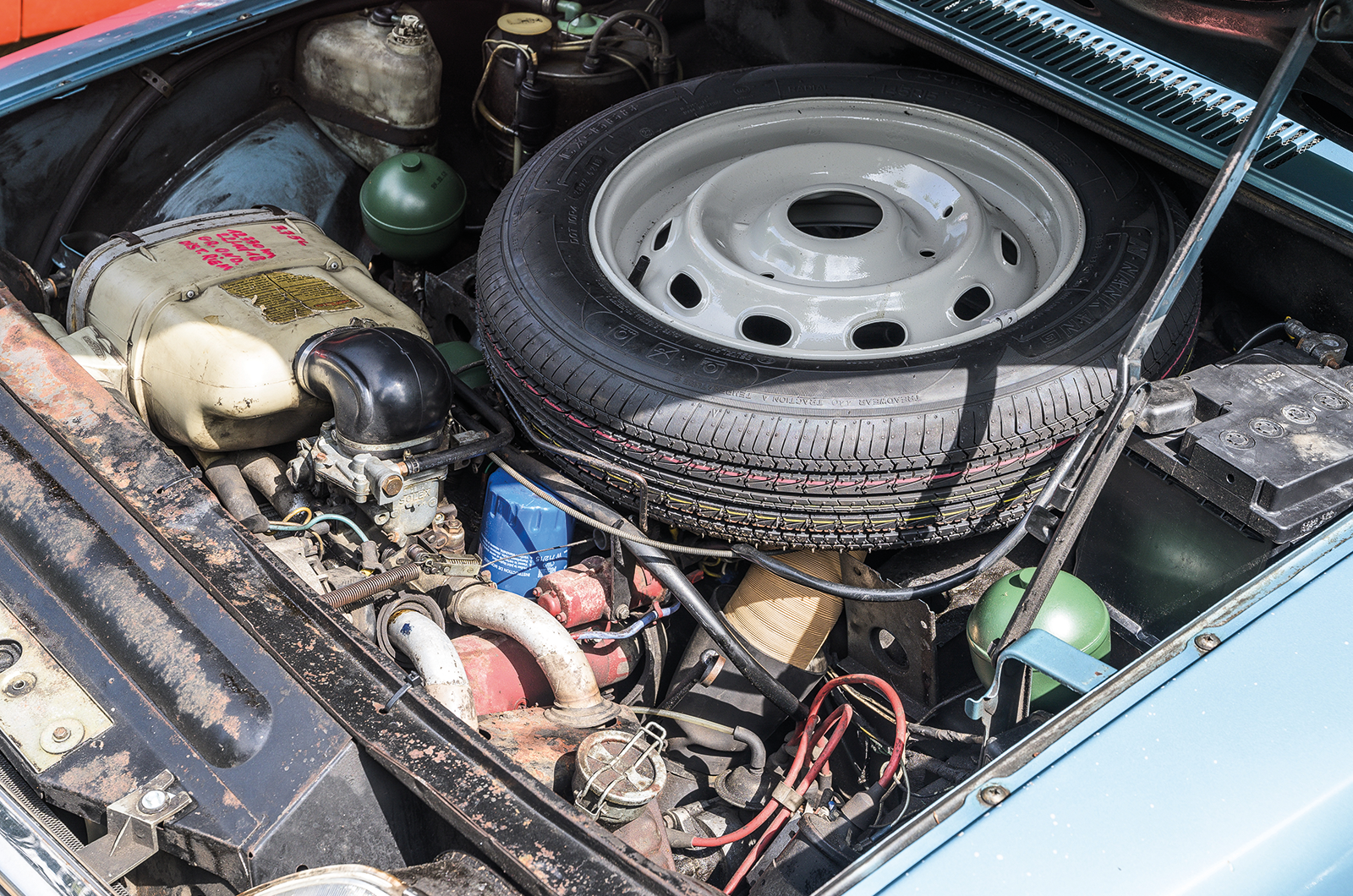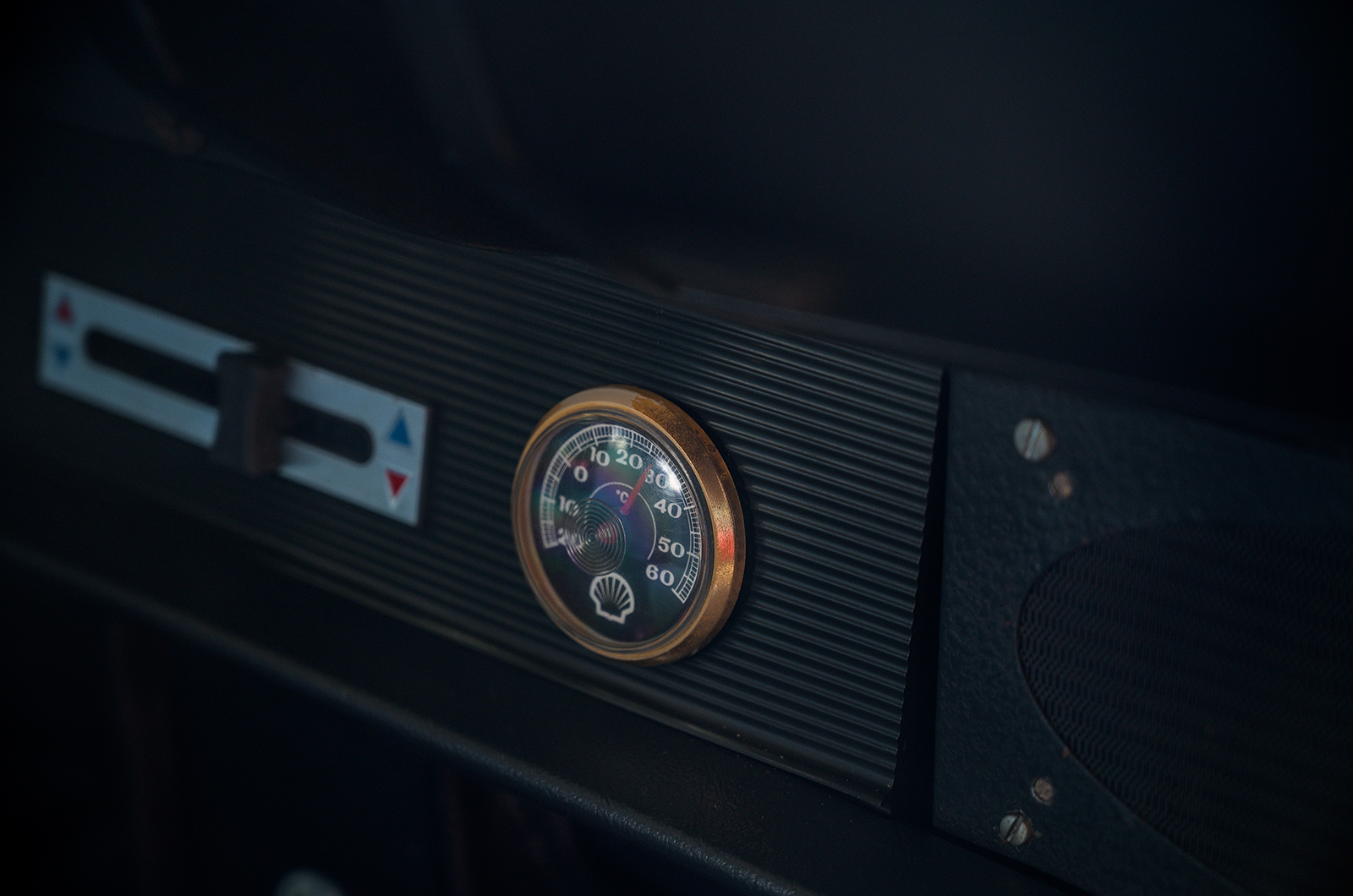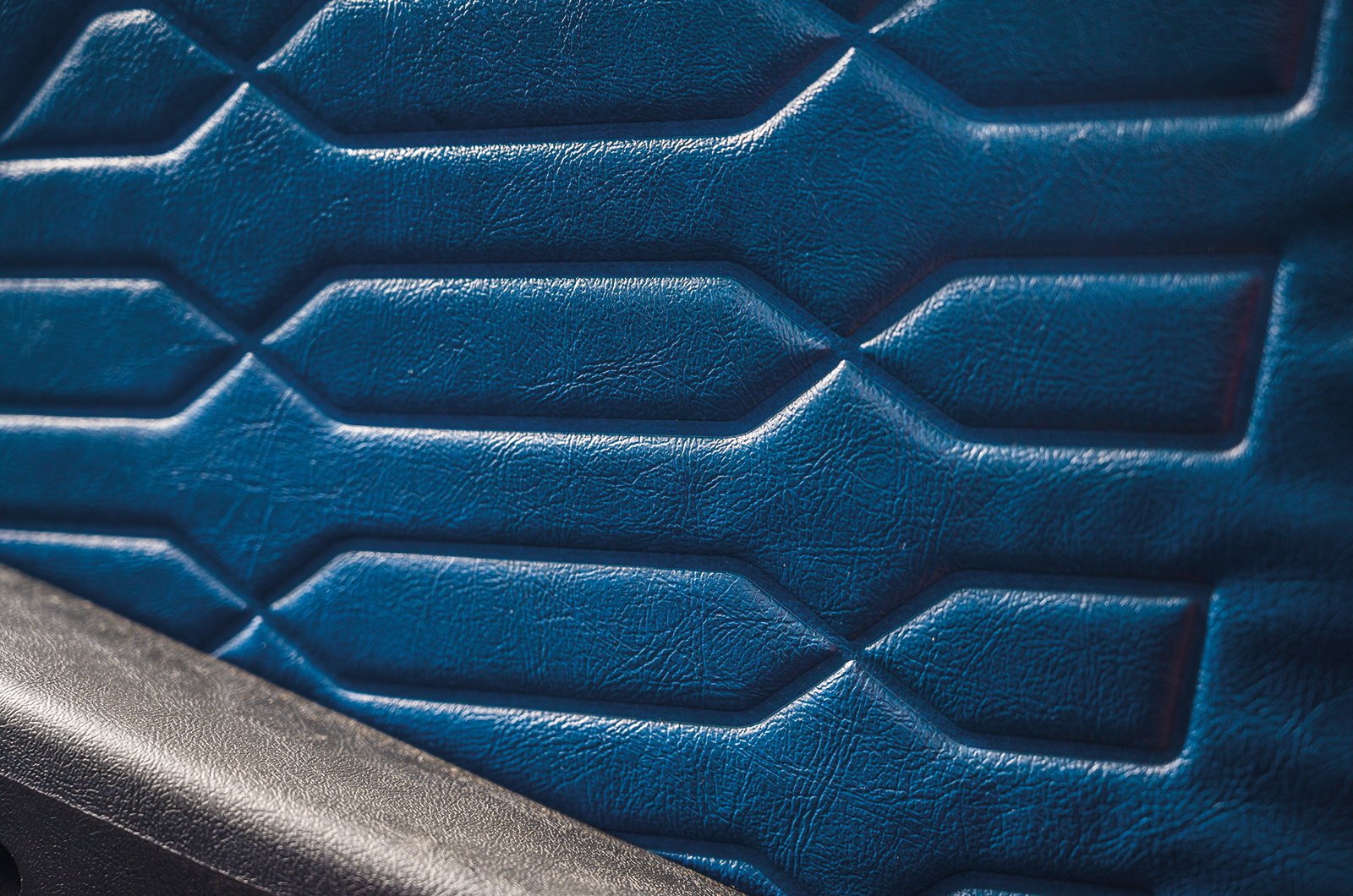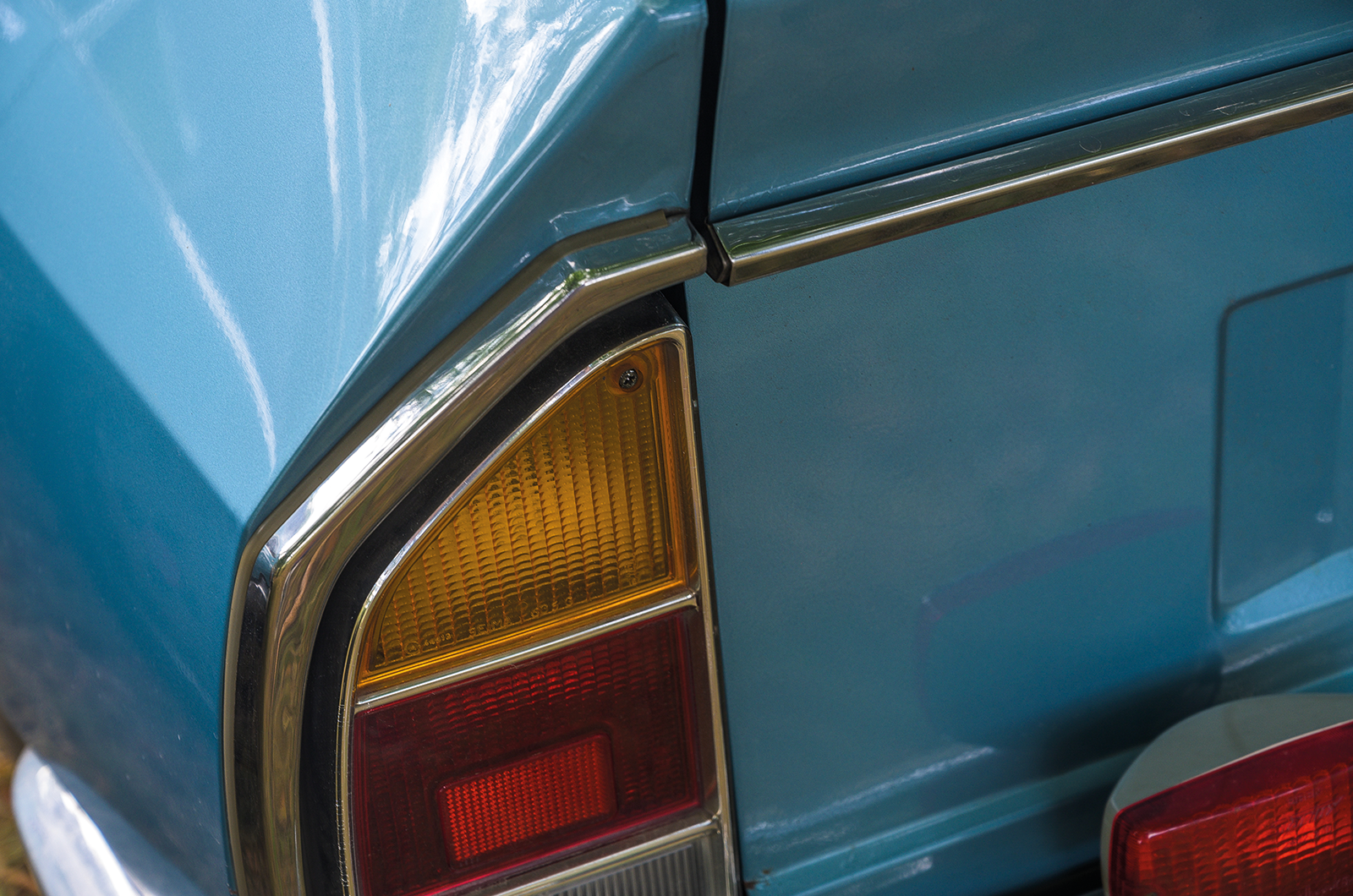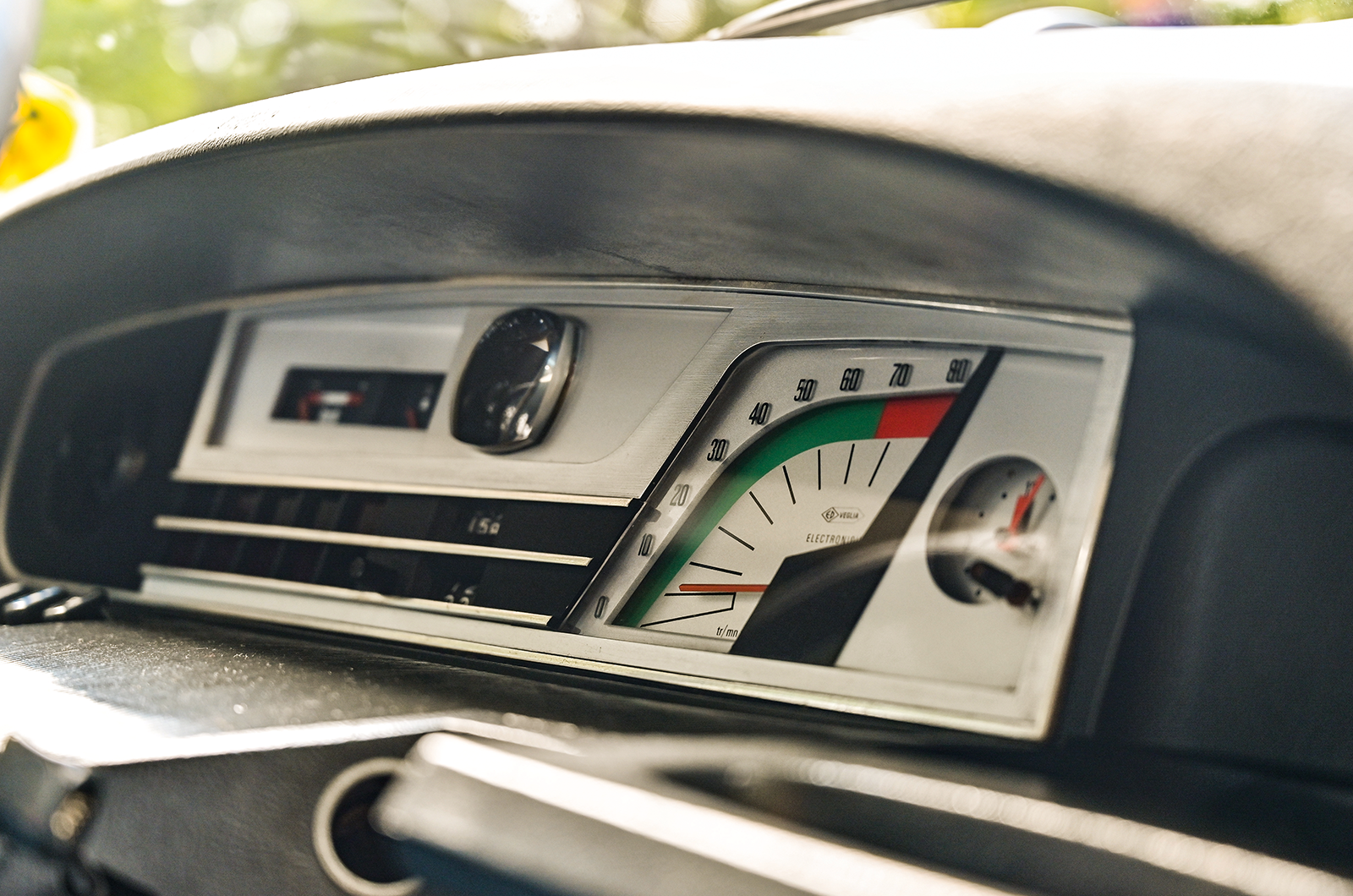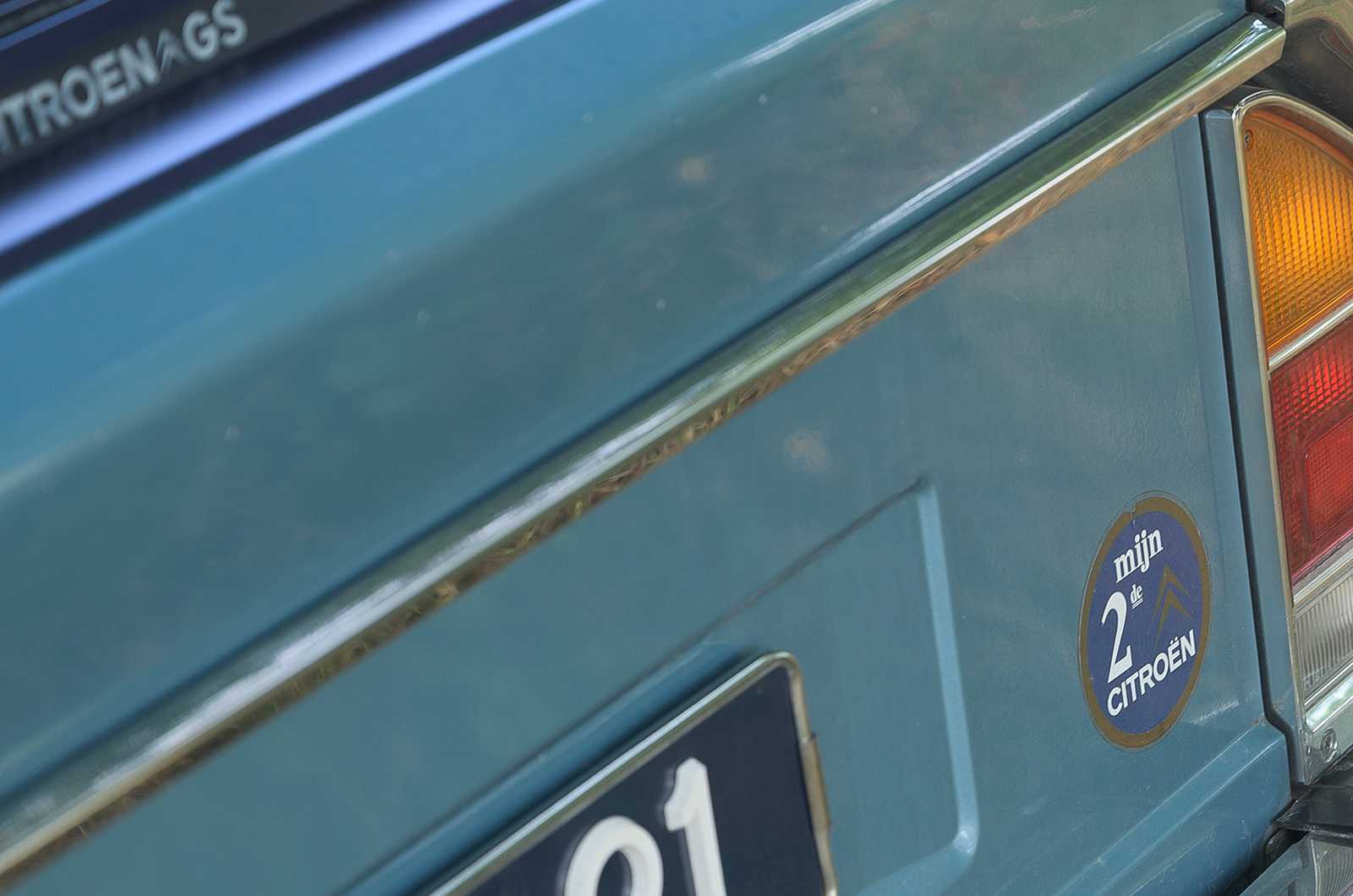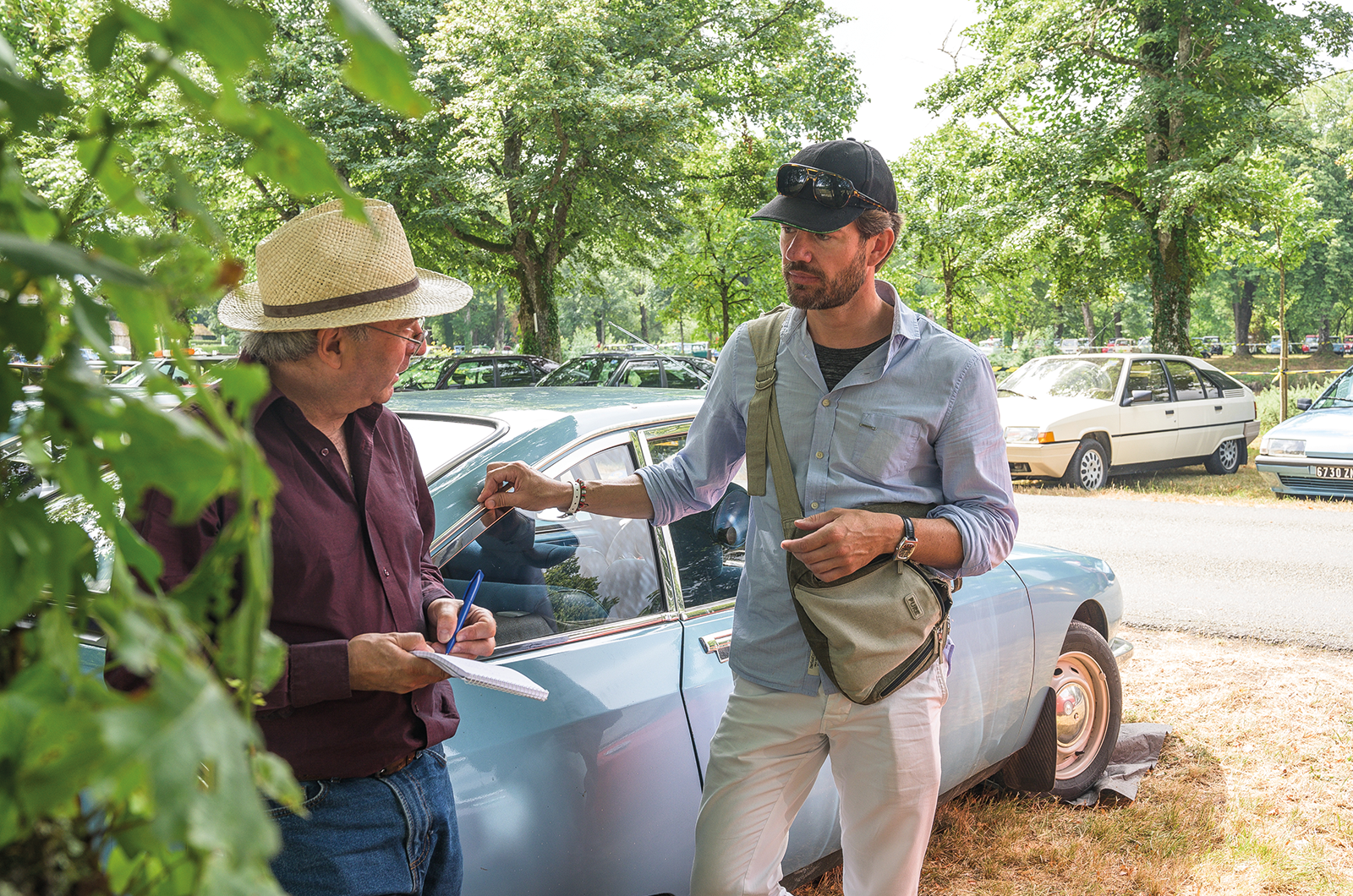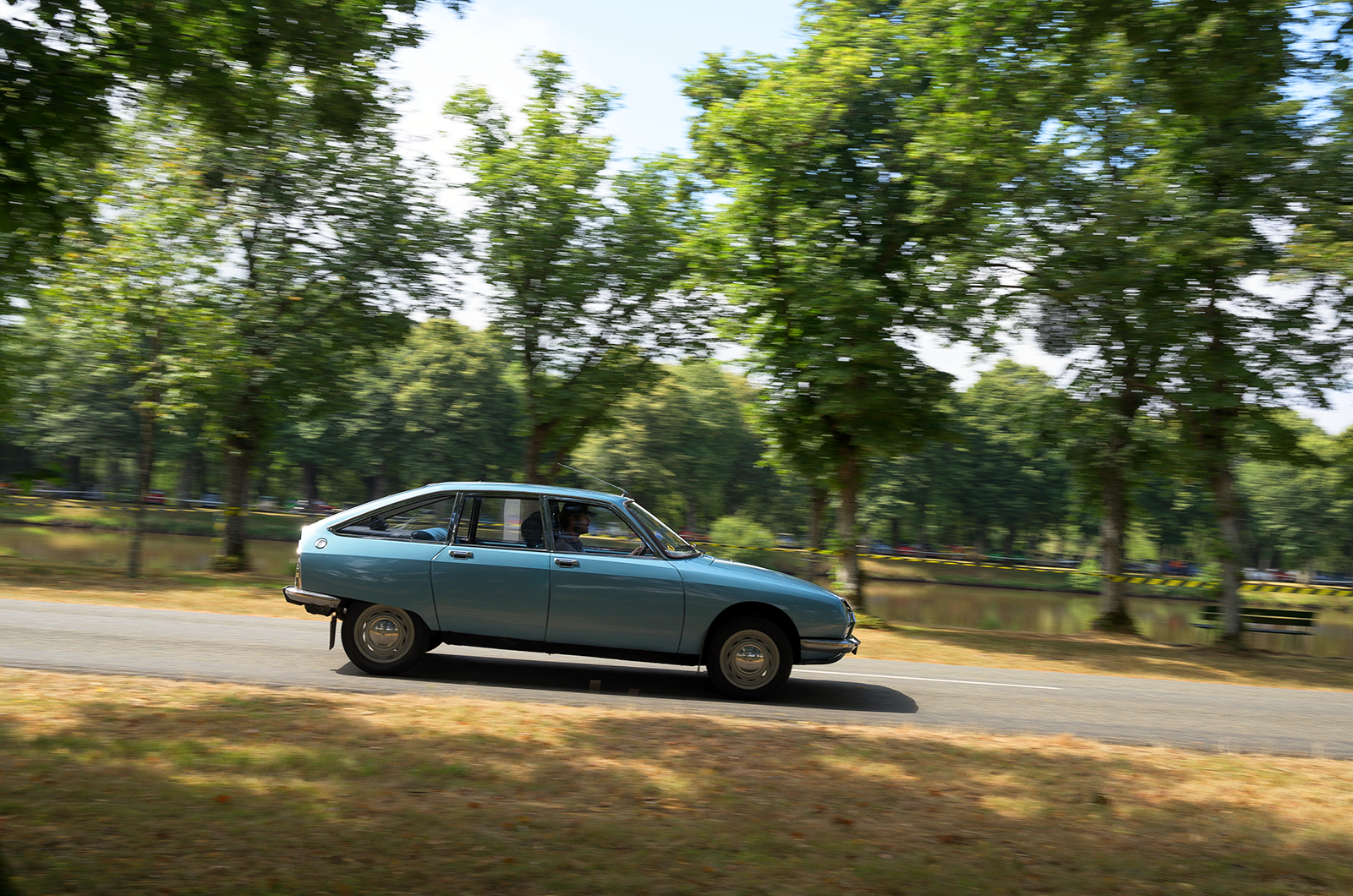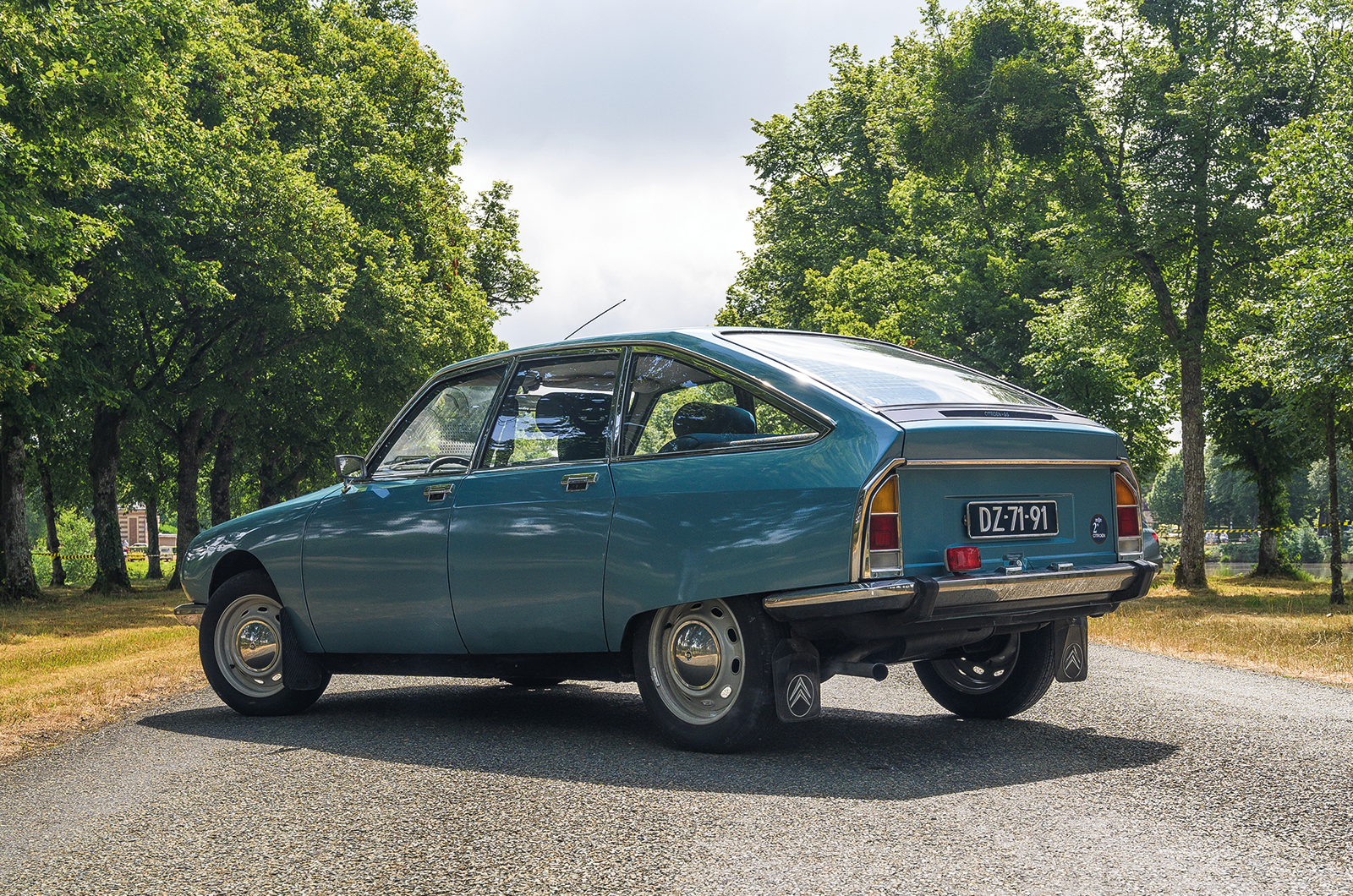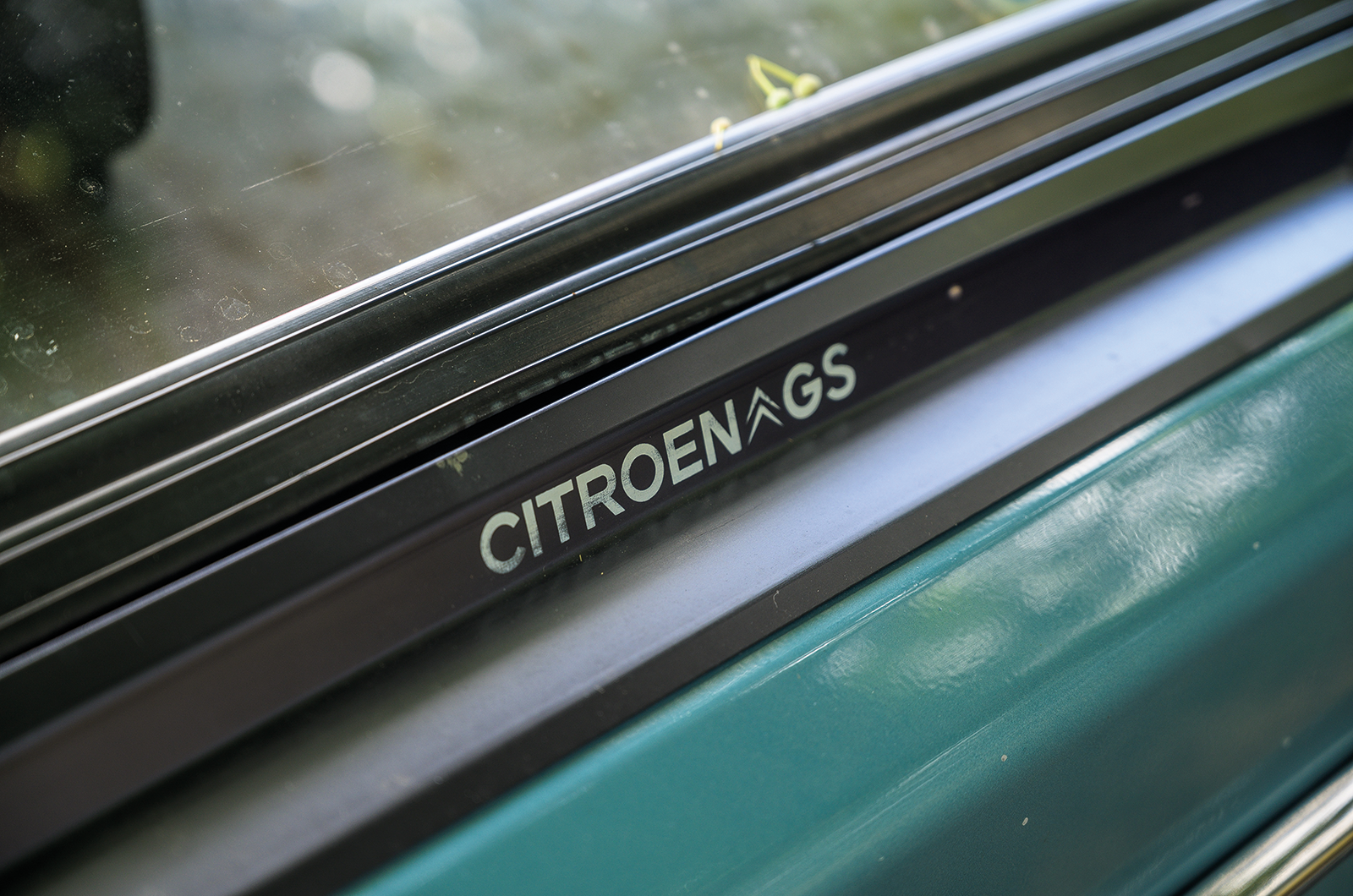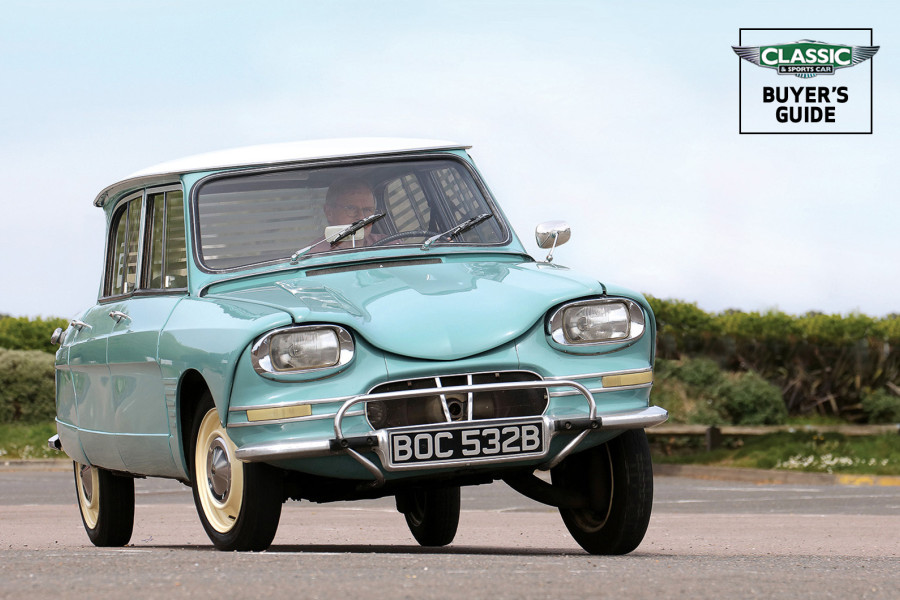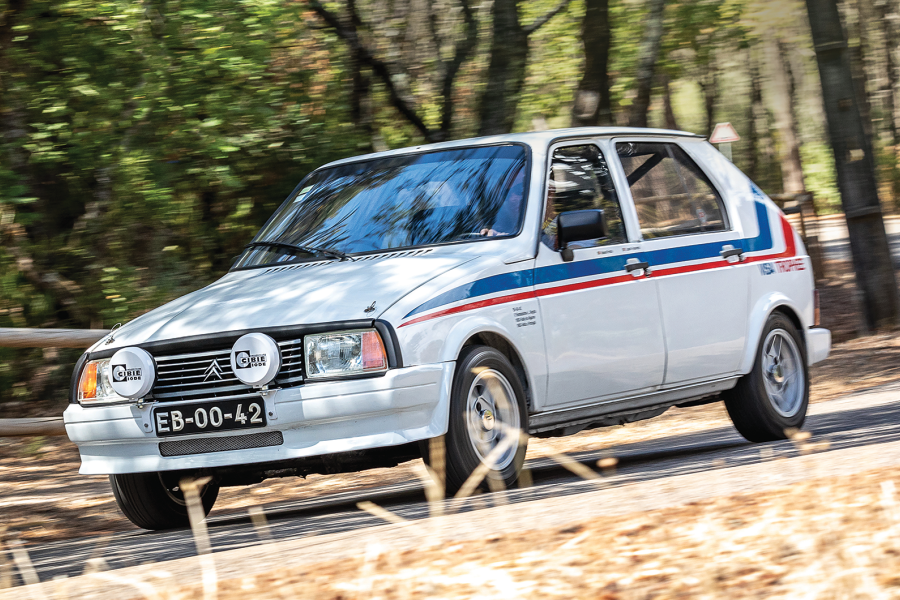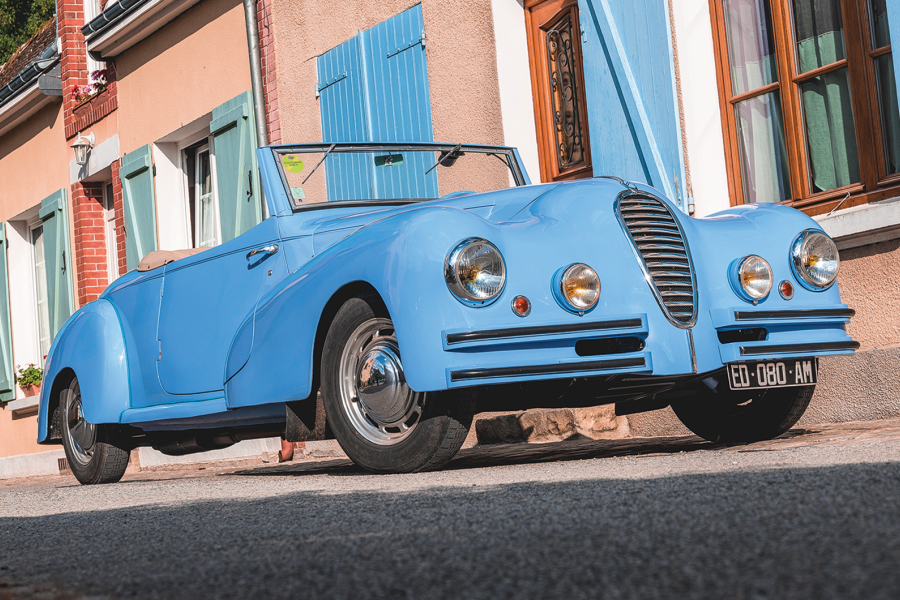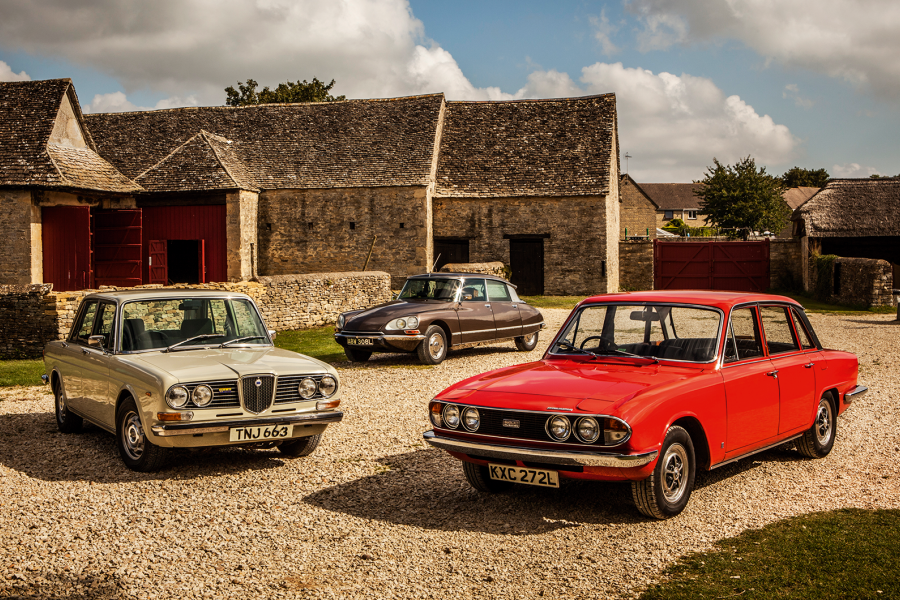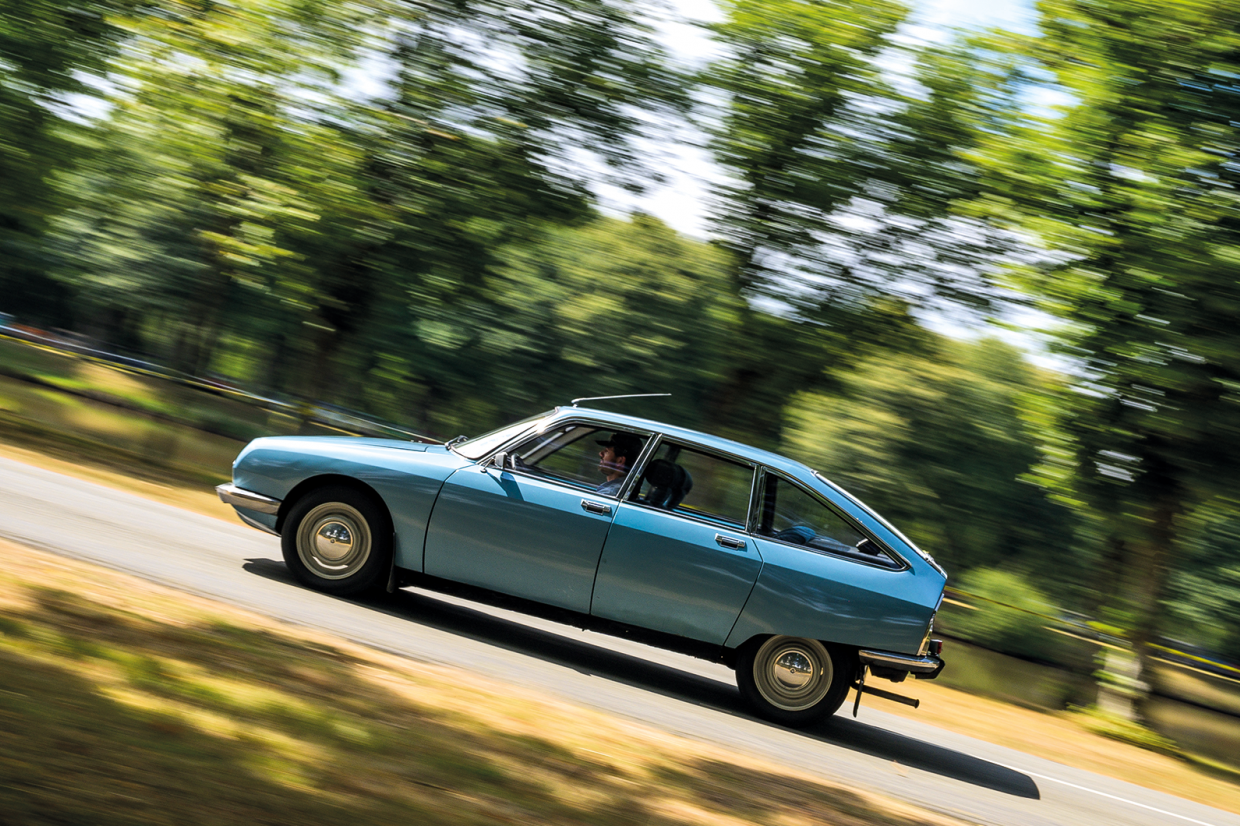
The retired salesman leaned back in his armchair.
“Ah, the GS! I remember the launch. Dealers were crying.” I raised an eyebrow.“ Tears of joy,” he explained.
“At last Citroën had listened, and come up with the car they had been demanding for so long.” The conversation stuck in my mind, and left me with a curiosity about the GS, which launched 50 years ago today, on 24 August 1970.
However it may have been the answer to those dealers’ prayers, but it also had a rough start.
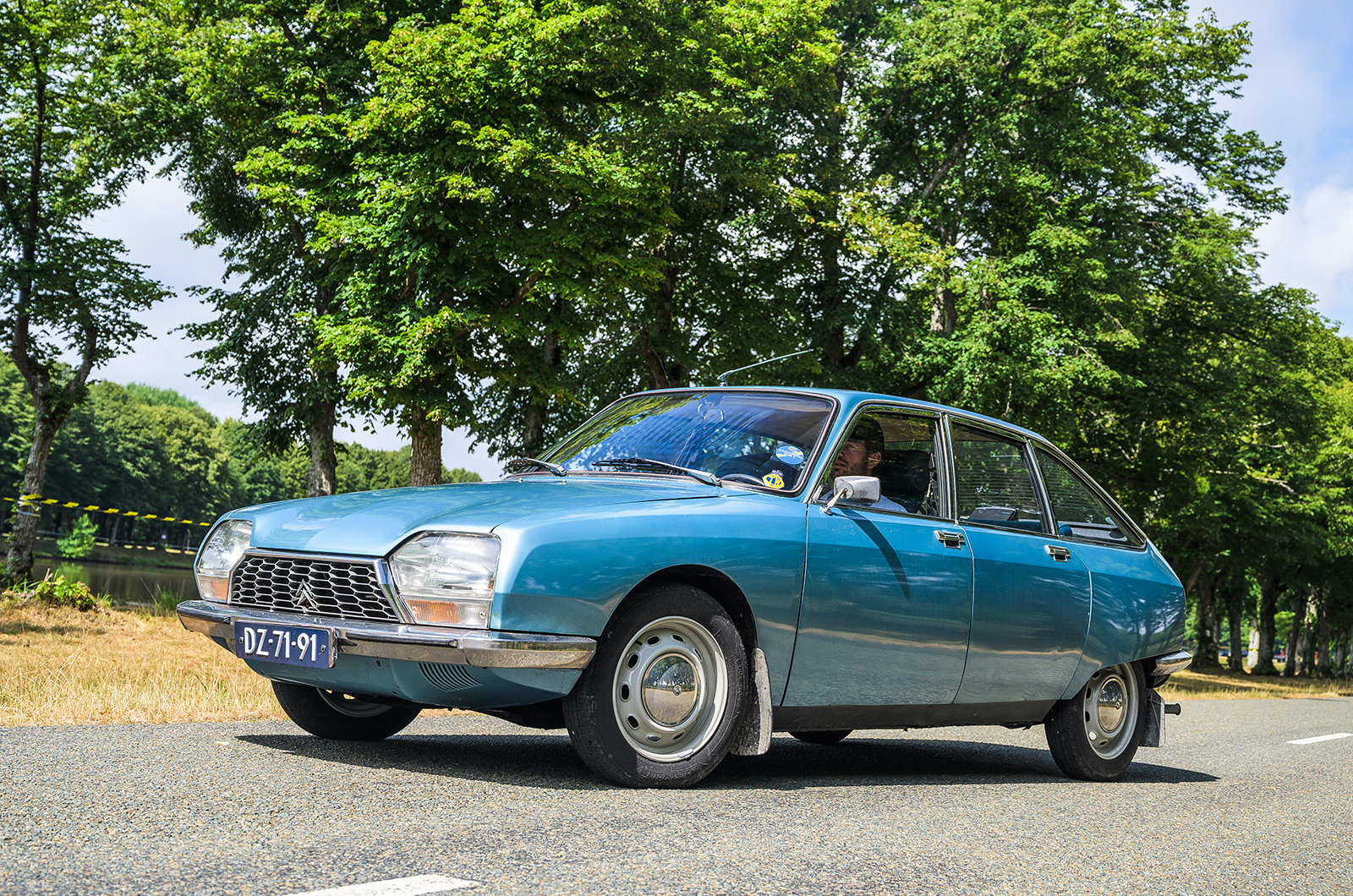
The GS led to production being ramped up at Quai du Javel
The 1015cc engine was judged low on power, plus the car had driveability problems and poor fuel consumption – Autocar managed just 23.3mpg overall.
There were also reliability woes. Received wisdom says that the GS only came good with the arrival of the 1220cc version in 1972. If that’s true, does that make the 1970 car the runt of the litter?
That salesman’s story neatly encapsulates the way Citroën came across in the pre-GS era. Complacent? Incompetent? Arrogant? Probably all three.
At one end of its offerings was the unutterably basic 2CV; at the other the DS, a high-tech marvel that redefined what was possible in a mass-produced car.

